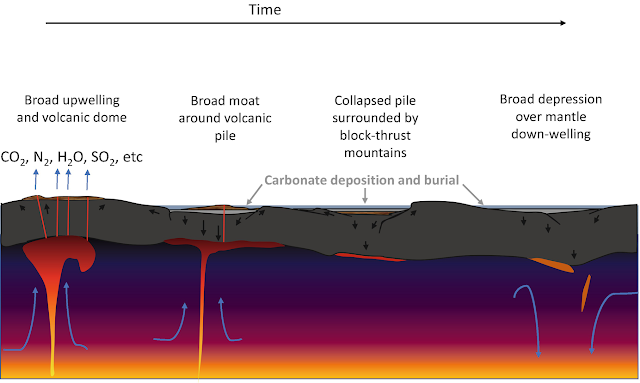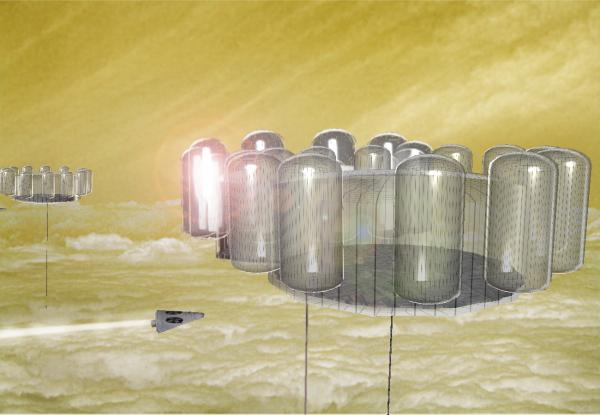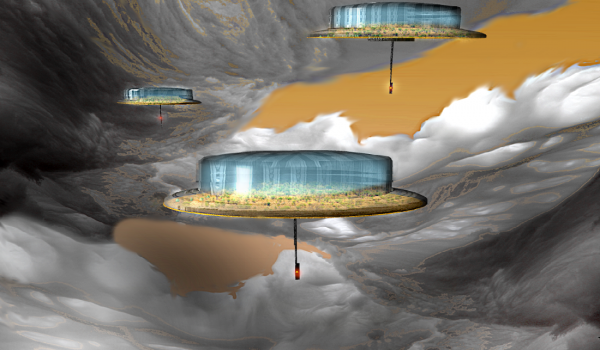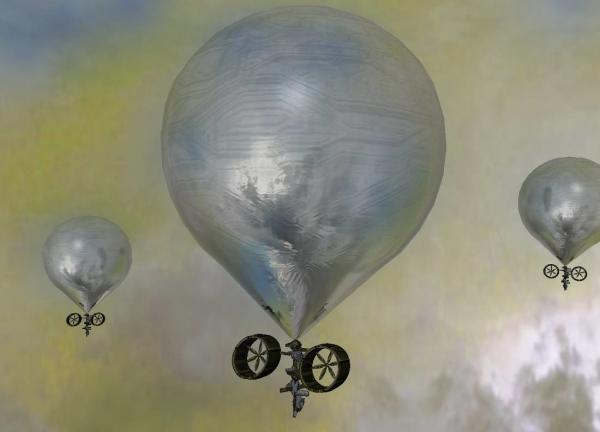- Joined
- Jul 19, 2004
- Messages
- 29,622
- Location
- Out of Bounds
This is odd and interesting ... Newly reported modeling research suggests Venus' hellish environmental conditions are Jupiter's fault.
FULL STORY:
https://www.sciencealert.com/venus-...rate-habitable-world-if-it-wasn-t-for-jupiter
Venus Might Have Been a Temperate Habitable World if It Wasn't For Jupiter
Venus might not have been the sweltering, inhospitable planet of acidic clouds and desert rock that it is today if it hadn't been for the interference of Jupiter, according to new research.
In fact, our neighbouring planet could have turned out to be quite temperate and habitable. The new study proposes that the gravitational pull of Jupiter pushed Venus closer to the Sun, creating a runaway greenhouse effect and vaporising surface oceans.
Scientists used a computer model to track the position of planets across the Solar System, revealing that as Jupiter moved away from the Sun about a billion years ago, it would have nudged Venus into the almost perfect circular orbit that it has today.
"As Jupiter migrated, Venus would have gone through dramatic changes in climate, heating up then cooling off and increasingly losing its water into the atmosphere," says astrobiologist Stephen Kane from the University of California, Riverside. ...
FULL STORY:
https://www.sciencealert.com/venus-...rate-habitable-world-if-it-wasn-t-for-jupiter






